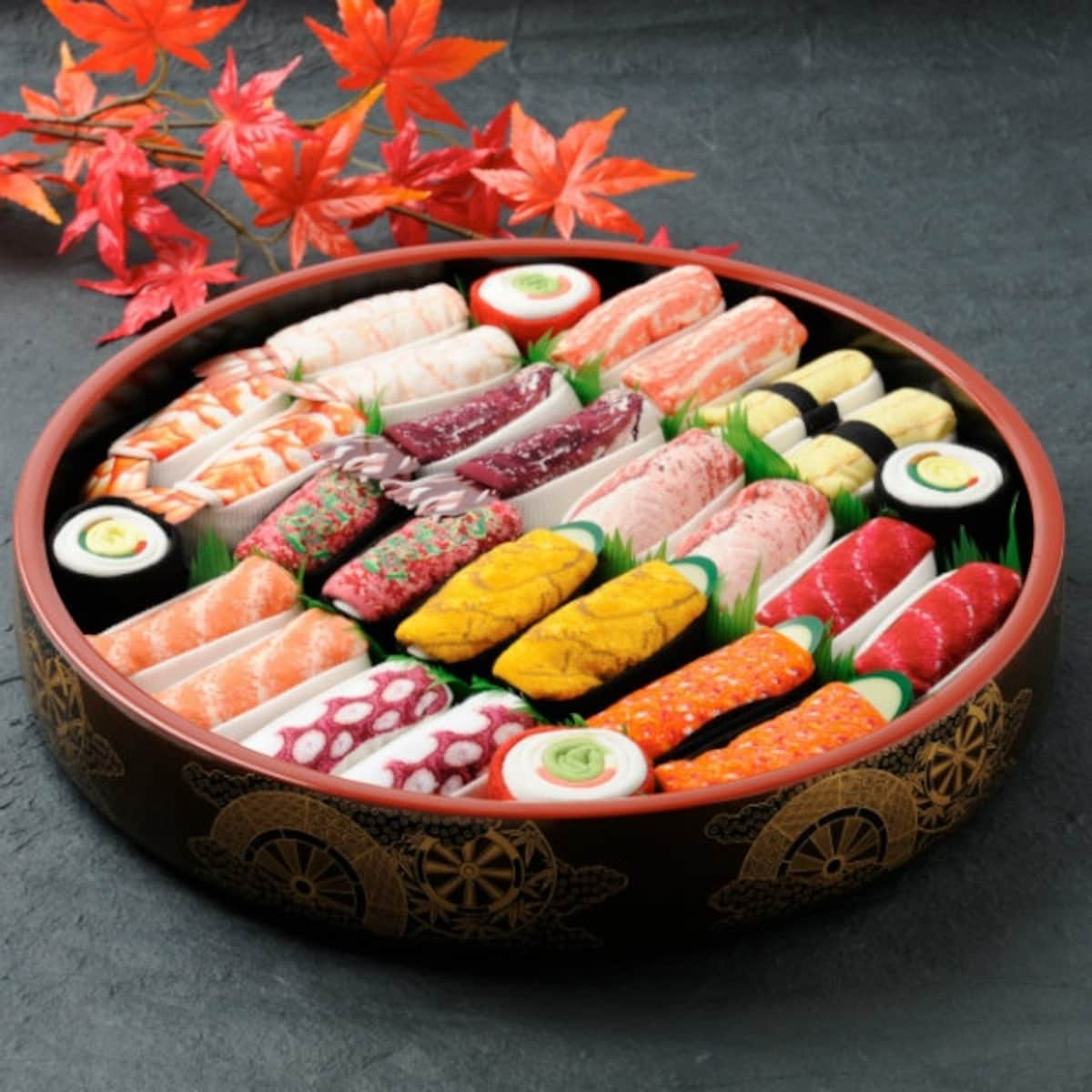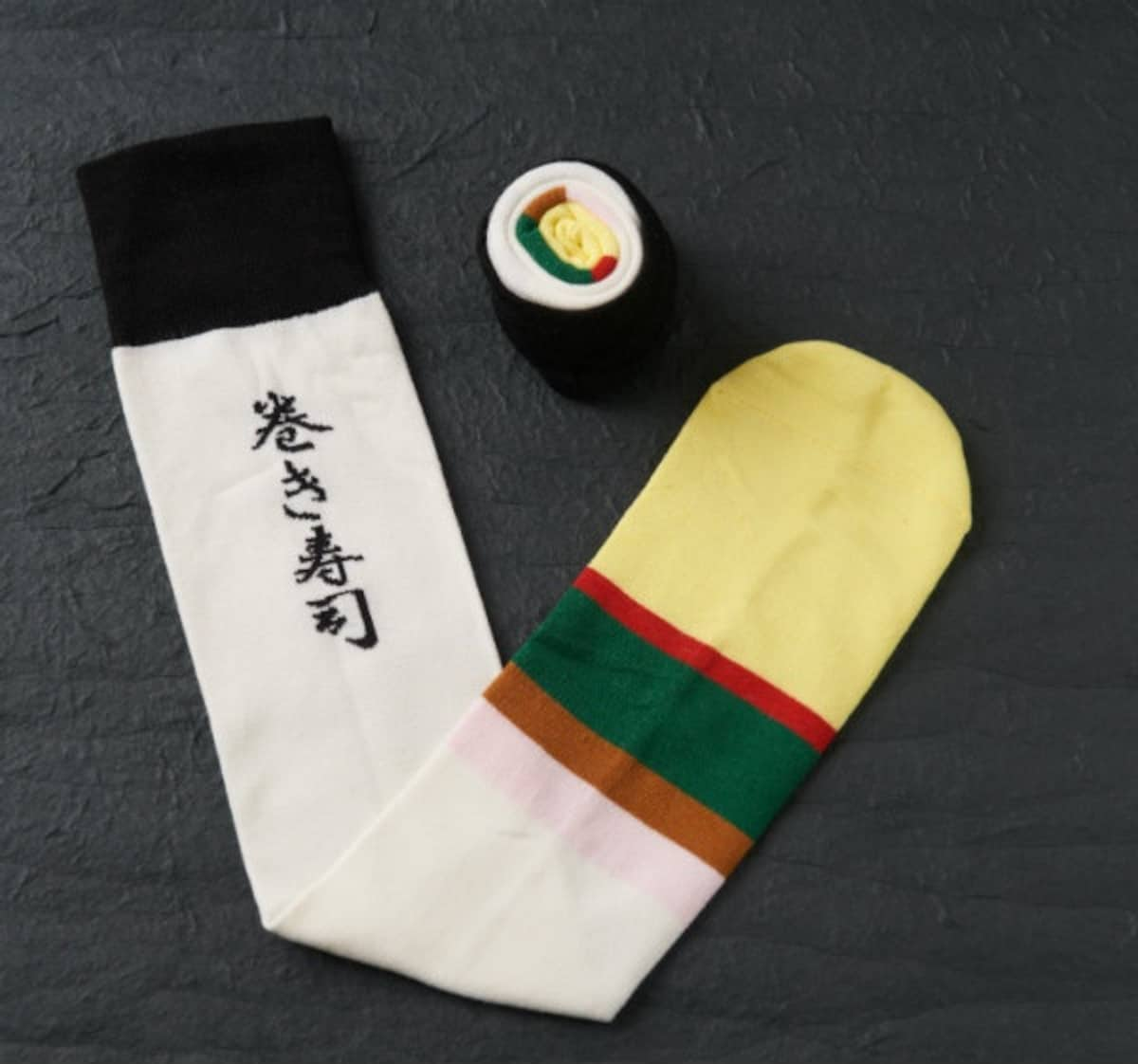Marketing the Otaku Lifestyle Abroad
Tokyo Otaku Mode (TOM) is a massively successful shop that exports Japanese pop culture to the world. TOM’s Facebook page boasts over 18 million overseas fans, while the Tokyo Otaku Mode Premium Shop processes a flood of overseas orders for anime character figures and stuffed toys.
By Highlighting Japanhttp://www.gov-online.go.jp/eng/publicity/book/hlj/html/201604/201604_01_en.html
In recent years, Japan’s subcultures and otaku culture have been the subjects of intense interest from overseas. Highlighting Japan spoke to TOM founder and CEO Tomohide Kamei about their appeal.
What trends do you see in Japan’s subcultures? What are their distinguishing characteristics?
Japan is an island nation, so it wasn’t subject to strong external pressure; it became the breeding ground for a distinctive culture. For example, although the West presents a larger market for anime, there’s a contrast between Western heroes—who tend to be strong and powerful from the beginning of their stories—and Japanese heroes, because the latter prominently go through coming-of-age stories. They initially suffer as weak persons and then eventually become strong. I think that element strikes a chord with fans overseas. There are many fans of Japanese content with this deep sense of story among creators active in Hollywood and elsewhere now, and it’s reflected in their work.
There is demand overseas not only for anime and manga but for Japanese food, architecture, traditional handicrafts and cutting-edge technology such as bullet trains as well. Japan’s geographic and historical situation has required us to create new technology or ideas every time we’ve lost something old due to war damage or natural disasters, and I imagine that led to the development of our current sense of originality.
What sort of content are customers overseas seeking, and what sort of impact is this content having on the world?
Japan’s anime and manga are so popular that there are expos overseas dedicated to them that attract tens of thousands of attendees. On the other hand, I feel there’s great potential interest in other Japanese subcultures such as fashion, bento and art. For example, TOM’s e-commerce site offers “sushi socks” that look just like sushi when they’re rolled up; they’re selling like mad on the site, but they aren’t very well known among our Japanese customers.
Shunga erotic prints, whose distribution is now somewhat discouraged in Japan, have also gained explosive popularity as works of art in France and other European countries. When we, as Japanese people, see tourists from overseas happily snapping photos in unexpected places, it’s an opportunity for us to rediscover the fun of seeing Japan through global eyes.
The word otaku once had a negative connotation, meaning “someone who is reclusive and obsessed with anime and manga.” But that age has passed, and now the term is used by men and women alike as a way of identifying a style of personal self-expression. Even high school girls say things like “I’m a makeup otaku” in everyday conversation. The term is developing a wider, more positive application now, encompassing fashion and music in addition to manga, anime and video games under the idea that Japan is cool and has an interesting and fun culture. Just like I talked about how many overseas creators are fans of Japanese content, many style-conscious people enjoy the otaku culture, and it has developed into a lifestyle.





